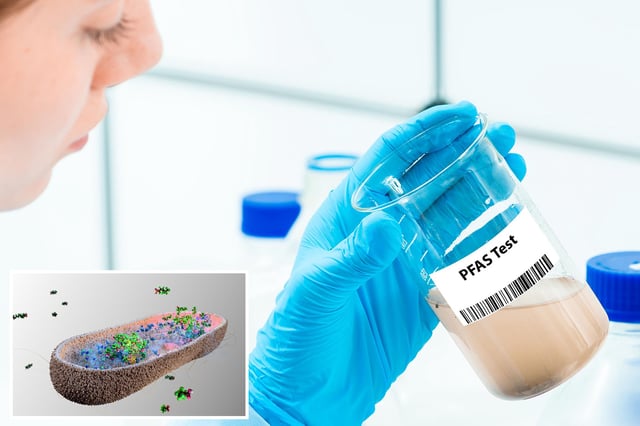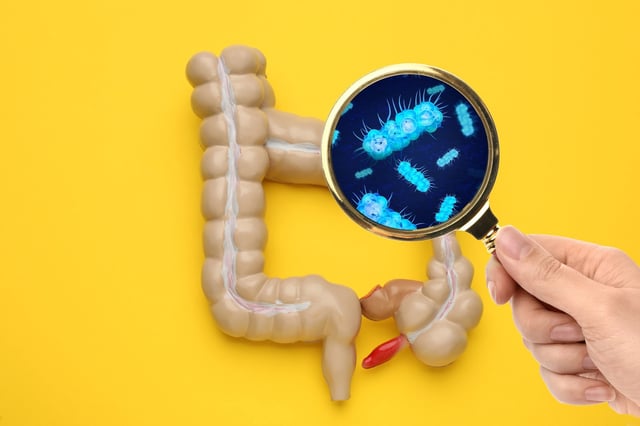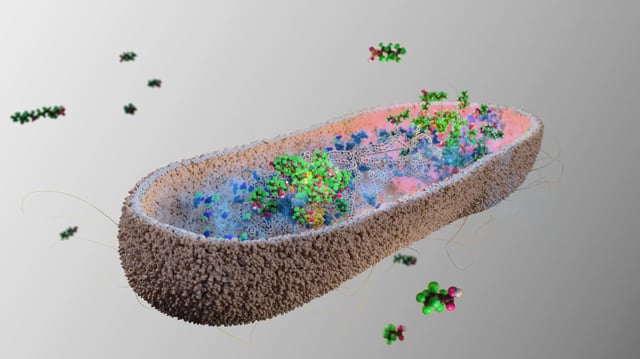Overview
- Researchers identified certain human gut bacterial species that absorb PFAS compounds and store them in intracellular clumps.
- When introduced into humanized mouse models, these microbes filtered PFAS from ingested materials and accelerated excretion through feces, reducing systemic exposure.
- Laboratory assays showed nine bacterial strains bioaccumulated perfluorononanoic acid at 25–74% and perfluorooctanoic acid at 23–58%.
- Aggregation of PFAS inside bacterial cells appears to protect the microbes from toxic effects, revealing a stable mechanism for pollutant capture.
- The study’s lead scientists have co-founded Cambiotics to create precision probiotic products and will begin human trials to assess microbiome-based PFAS clearance.



